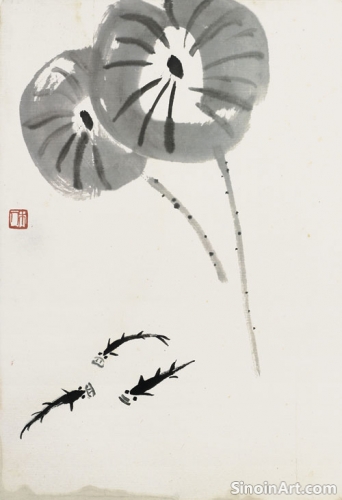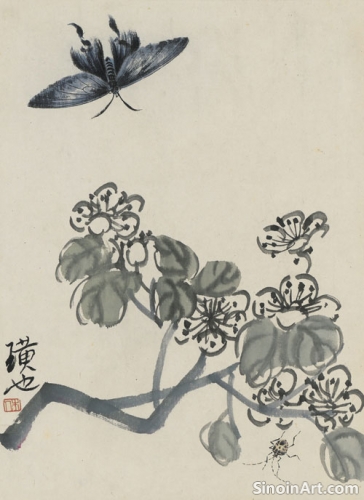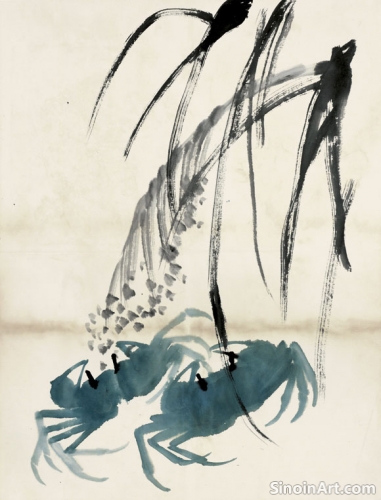The Role of the Brush in Xieyi Painting
|
The Chinese brush is not merely a tool; it's an extension of the artist's hand and mind. The type of brush, how it is held, and how it is manipulated all play a crucial role in the expressive qualities of Xieyi painting. The brush is a vehicle for the transmission of feeling and intent.  Different types of brushes, each made from different animal hairs and varying in size and flexibility, are used for different purposes. A soft, flexible brush might be used for creating fluid washes, while a stiff, dry brush might be used for creating textured lines. The artist must have a collection of brushes to achieve the full expressive range. The correct brush type is crucial to the process.  The way the artist holds the brush also impacts the final result. A more upright hold, for example, allows for greater control and precision, while a more angled hold allows for more dynamic and flowing strokes. Even a slight change in hand position will greatly alter the final effect.  The pressure applied to the brush, the speed of the stroke, and the angle of the brush all affect the quality of the line. Varying these elements allows for the creation of a wide range of expressive marks and textures. The brush becomes the instrument through which the artist’s intentions are manifested. It is in these variations that the expressive power of Xieyi resides. Mastering the use of the brush takes years of dedicated practice. The artist must develop a deep sensitivity to the brush's responsiveness and must learn to control it with precision and intention. This practice elevates the technical skill to a form of meditative art. The mastery of the brush is integral to the Xieyi tradition. |
Tag : Chinese brush, brush techniques, brush types, brush handling, ink brush art
Related information
- Xieyi Painting and the Depiction of Bamboo
- Xieyi Flowers and Birds: Expressing Life’s Vitality
- The Concept of "Baimiao" and its Relationship to Xieyi
- The Enduring Appeal of Xieyi Painting
- Xieyi Painting and the Use of "Splash Ink"
Bamboo is a popular subject in Xieyi painting, valued for its elegant form, resilience, and rich symbolic meaning, with artists using bold, fluid brushstrokes and calligraphic lines to capture its essence, its vital energy, and to express core values of integrity, resilience, and a meditative connection to nature.
The depiction of flowers and birds (花鸟画, huaniao hua) is another important theme in Xieyi painting, serving as a way to express life's vitality and beauty. Artists seek not just to portray the outward appearance of these subjects, but also to convey their inherent energy and spirit.
"Baimiao" (plain drawing) is a foundational technique in Chinese painting, emphasizing precise line drawing to define a subject's contours and forms, influencing Xieyi by shaping its underlying structure, informing composition, and contributing to the overall control and confidence seen in the best Xieyi works.
The enduring appeal of Xieyi painting stems from its emotional and intuitive power, achieved through personal expression, spontaneity, suggestive imagery, and the pursuit of essence, connecting with viewers across cultures, and inspiring contemplation, tradition, and a deep understanding of the human experience.
"Splash Ink" (pōmò) is a bold and expressive Xieyi technique, involving the free and spontaneous application of ink to create large washes and evoke movement and dynamism, emphasizing the unpredictable nature of ink and water and strategically used to create balance, depth, and vitality.